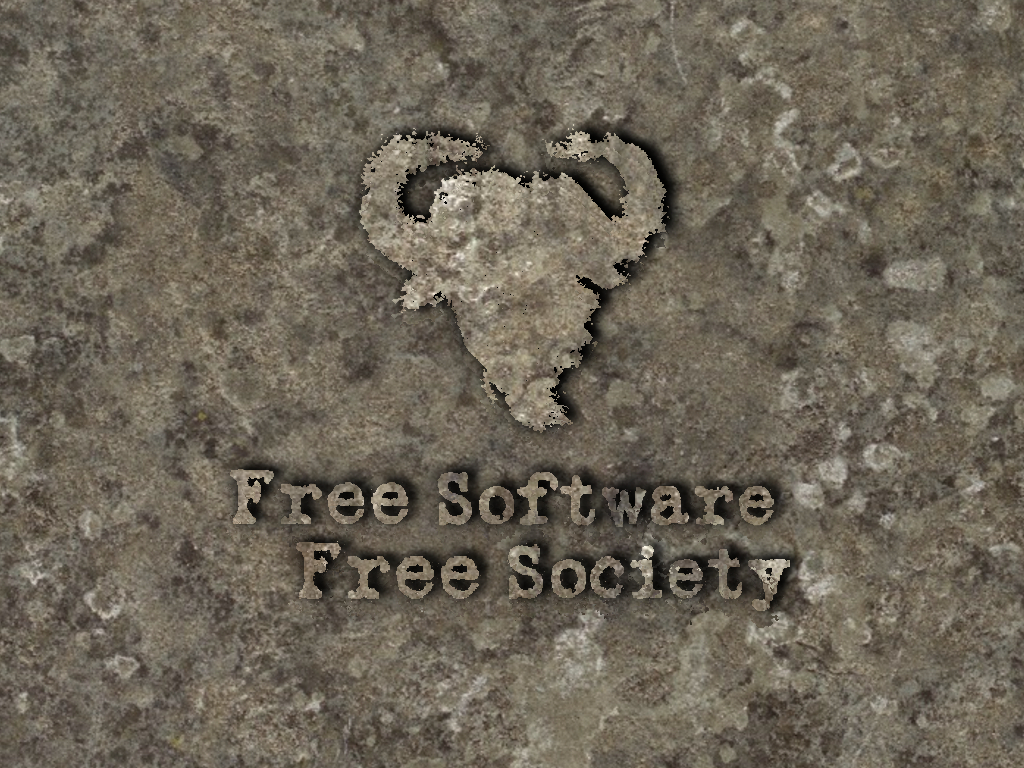So, in order to avoid typing “flatpak run”, every time I need to run a flatpak program from the terminal, to have gui programs installed using nix appear in my applications menu(rofi, in this case), and to avoid typing the entire path to my .local/bin, I had added the following lines to my .profile:
set PATH so it includes user’s private bin if it exists
if [ -d “$HOME/bin” ] ; then export PATH=“$HOME/bin:$PATH” fi
set PATH so it includes user’s private bin if it exists
if [ -d “$HOME/.local/bin” ] ; then export PATH=“$HOME/.local/bin:$PATH” fi
for desktop entries for packages installed using Nix
export XDG_DATA_DIRS=“/home/guest/.nix-profile/share:$XDG_DATA_DIRS”
set PATH so it includes user’s private bin if it exists
if [ -d “/var/lib/flatpak/exports/bin” ] ; then export PATH=“/var/lib/flatpak/exports/bin:$PATH” fi
if [ -d “~/.local/share/flatpak/exports/bin” ] ; then export PATH=“~/.local/share/flatpak/exports/bin:$PATH” fi
However, for some weird reason, I cannot take advantage of the above lines unless I am in a tmux session or I explicitly type the following command:
source .profile
Any ideas on how to fix this?
#Debian #Debian11 #foss #floss #libre_software #applications #desktop #gui #nix #flatpak #flatpaks #gnu #linux #opensource #open_source #tmux #bash #profile #shell #terminal


But those kinds of initialisations belong in
.profile(or, if you’re using a weird desktop environment, its own configuration file), particularly if you want.desktopfiles to work. (In.bashrc,PATHwill grow longer in each subshell, which shouldn’t cause problems but is wasteful.)So, what desktop environment (GNOME, KDE, Cinnamon, etc.) are you using?
.profileis executed by login shells for the benefit of it and its subshells, and by DEs like Cinnamon for the benefit of.desktoplaunchers at login.So, have you logged out and back in again since adding these lines to
.profile?And of course, the
.profilehas to be executed properly for its configuration to take effect, so it`s useful to know if the problem is with those specific lines, or the file as a whole.Add:—
to the top of
.profile, and:—to the bottom of
.profile(use alternative paths as you see fit) to monitor that activity. You can test this by sourcing.profilebut the real test is logging out and in again. Look at the time when you do this so you can correlate each action with each timestamp in the log files. If.profileis executed to completion, you should have two files with matching timestamps but differentPATHs. If you don’t have a matching timestamp in the “end” log file, there’s a problem mid-execution. If neither file is being updated,.profileisn’t being executed at all.